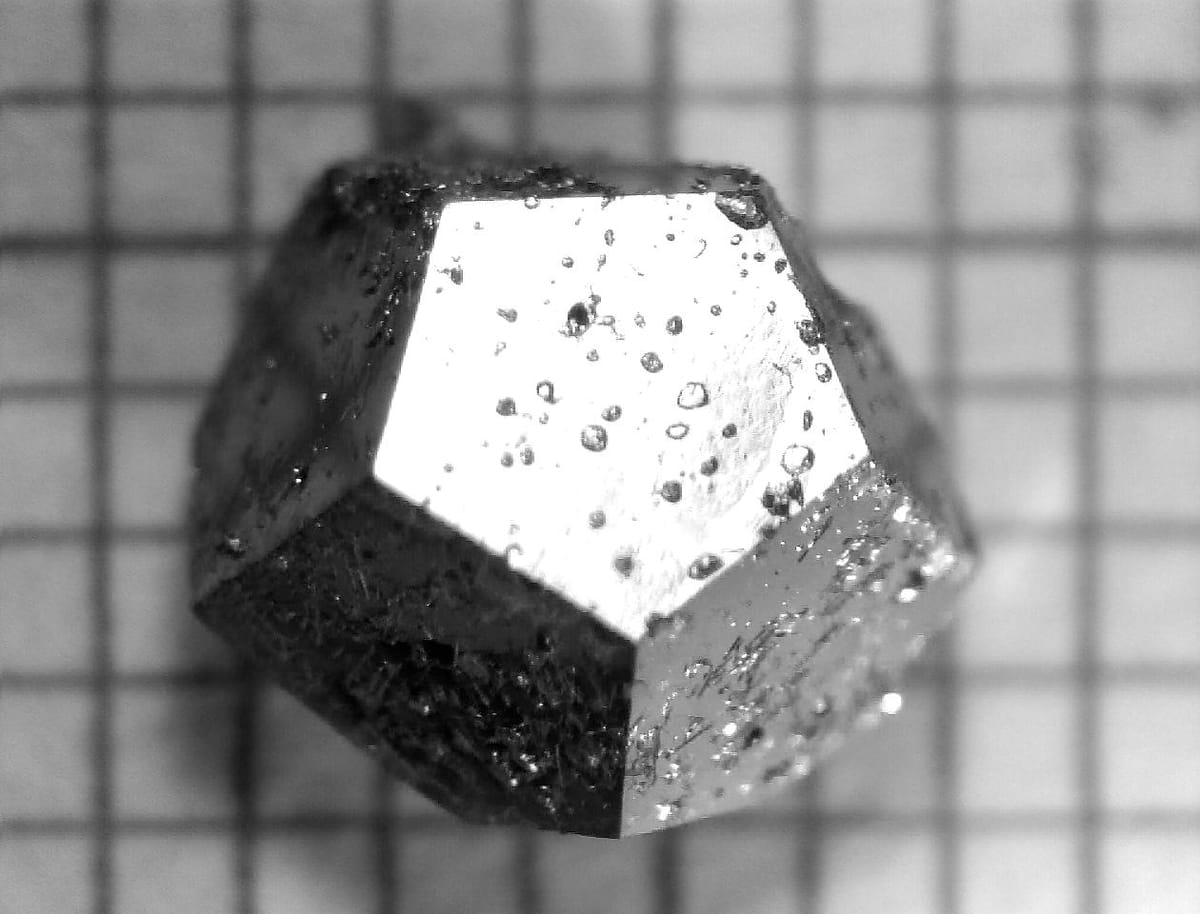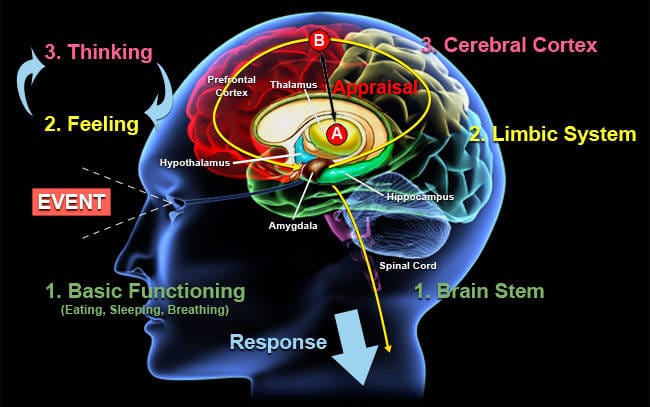The quasicrystal that fell to Earth from outer space

In 2011, Dan Schechtman won the Nobel Prize in Chemistry for discovering quasicrystals. Unlike regular crystals, quasicrystals don't have a repeating pattern. Schechtman made quasicrystals in a lab in 1982, but no one had found them in nature until 2008. Now, scientists in Italy and the United States have studied a rock with natural quasicrystals and think it might be from a meteorite.
Normal crystals have atoms or molecules arranged in regular, repeating patterns like cubes or hexagons. Quasicrystals, however, have different shapes that don't repeat, like pentagons and icosahedrons. Schechtman and other researchers made quasicrystals by melting materials under high pressure and then cooling them quickly. This process is called quenching.
In 2008, Luca Bindi from a museum in Italy asked Paul Steinhardt at Princeton University to help investigate a strange rock found in eastern Russia in the late 1970s. The researchers, including Bindi, Steinhardt, Nan Yao, and Peter Lu, discovered that the rock had natural quasicrystals in it. This was the first time natural quasicrystals had ever been found.
The rock sample has grains of normal metallic and silicon compounds mixed with quasicrystal grains, so it's not entirely a quasicrystal. Some structures in the rock are only formed under high-impact conditions, unlike sedimentary or volcanic rocks. One specific structure, called stishovite, is most often found in meteorites. To check if the rock came from space, researchers looked at the ratios of different oxygen isotopes and compared them to the ratios found on Earth. Meteorites have a unique isotope signature compared to similar Earth minerals. The scientists discovered that the rock with quasicrystals likely came from outer space.
The quasicrystal found in the rock is a known type, Al63Cu24Fe13, which was first made in a lab in 1987. However, if the rock from Russia is similar to a chondrite meteorite, it could be around 4.5 billion years old. This means that quasicrystals were around at the beginning of our Solar System. The fact that this quasicrystal is so old also shows that quasicrystals can remain stable for a very long time, at least under certain conditions.
How this meteorite formed is still a mystery. The metallic aluminum in the rock usually forms through very different processes, and it hasn't been found in any other meteorites. This means that while the isotope ratios show the rock came from space, its composition makes it a new and unknown type of meteorite. The researchers think a high-speed impact might have broken this rock off a larger body, and the conditions before and during the collision might have created the unusual mix of metals. However, this is just a guess. What is clear is that this rock has much more to teach us beyond containing the first natural quasicrystals.
Thanks for visiting Our Secret House. Create your free account by signing up or log in to continue reading.



